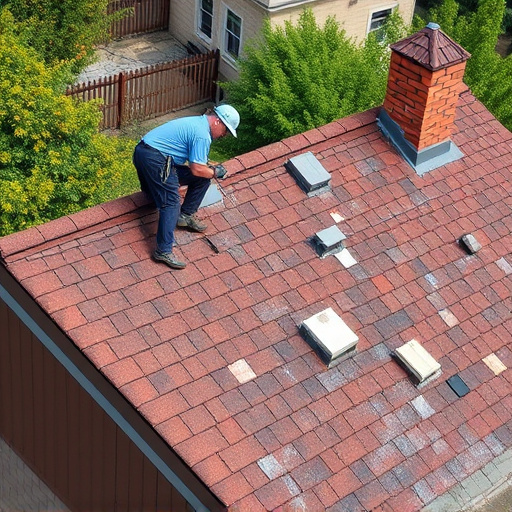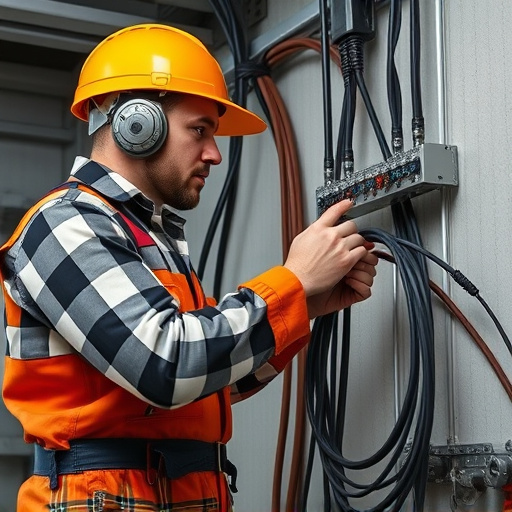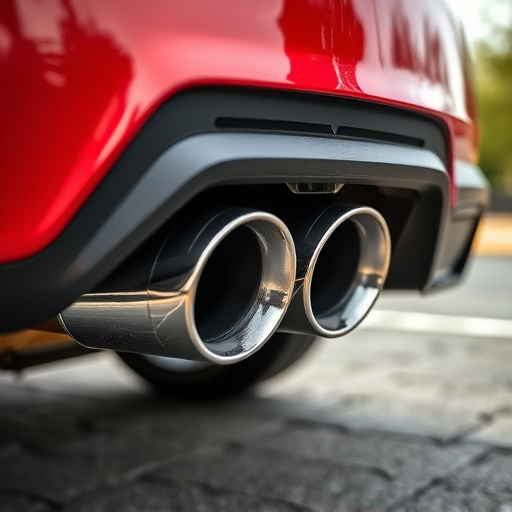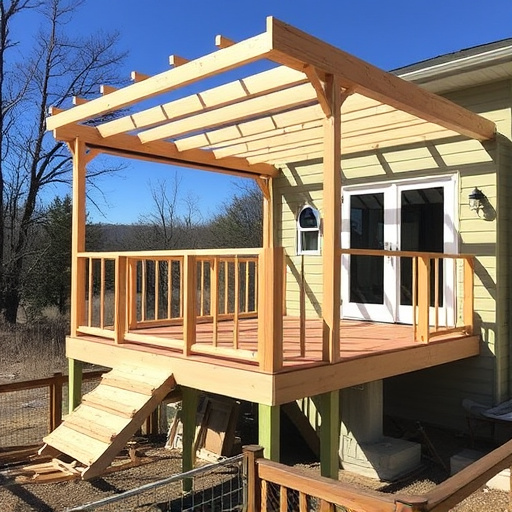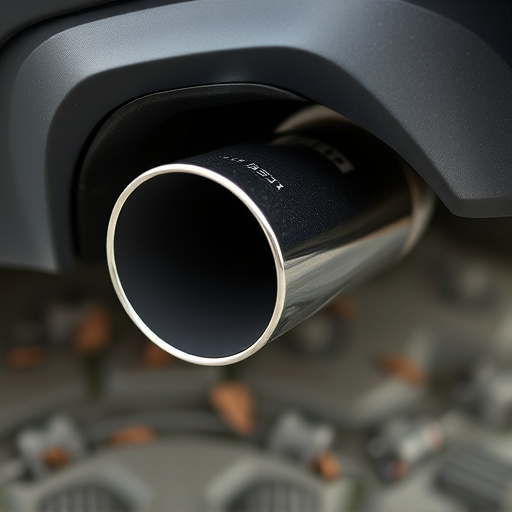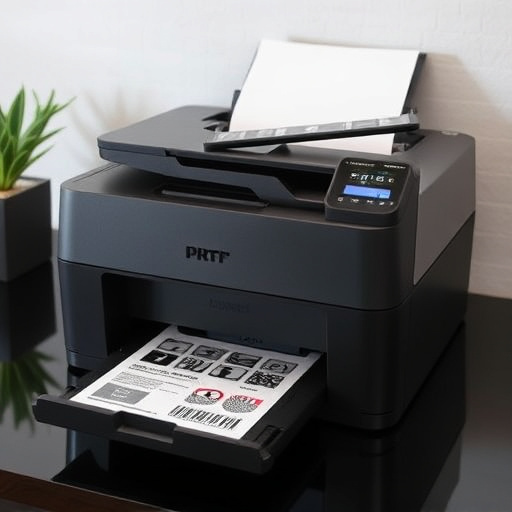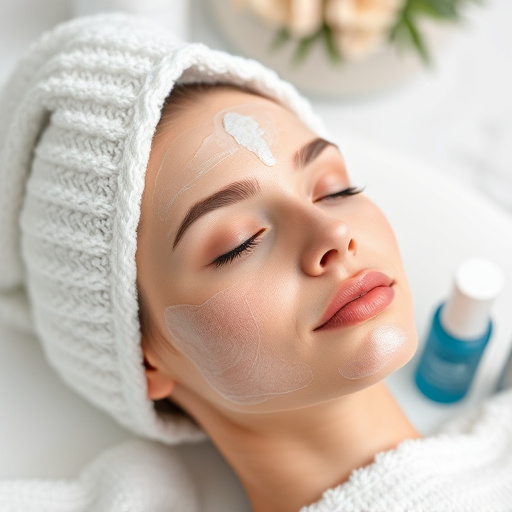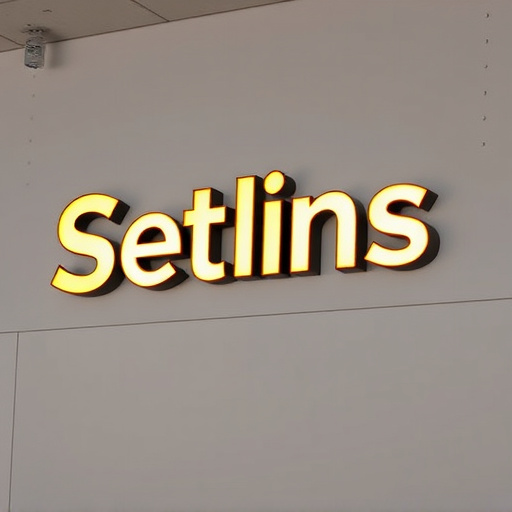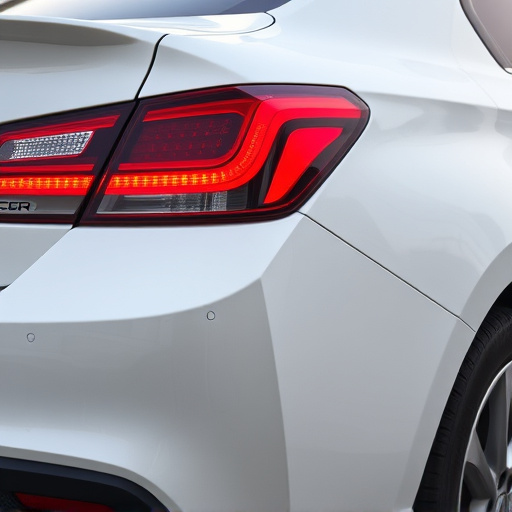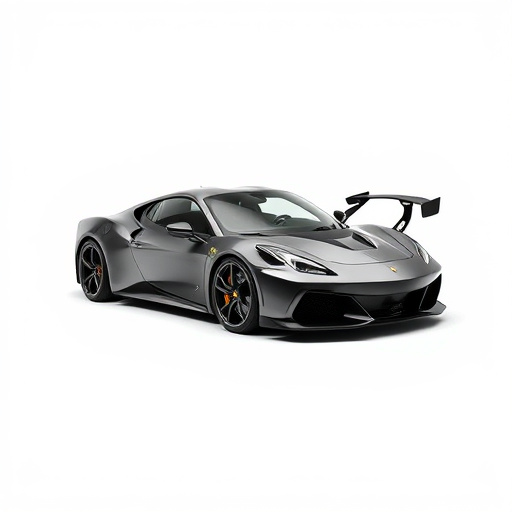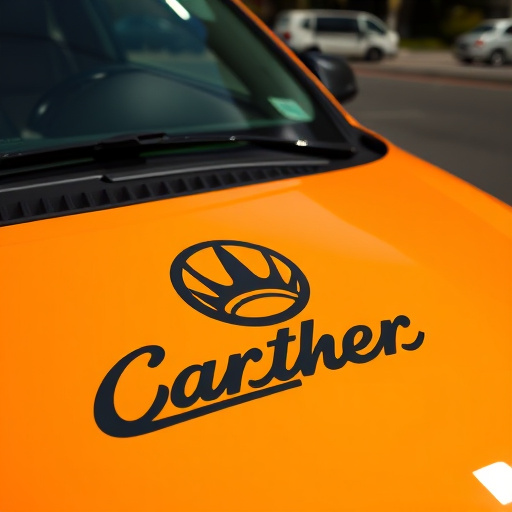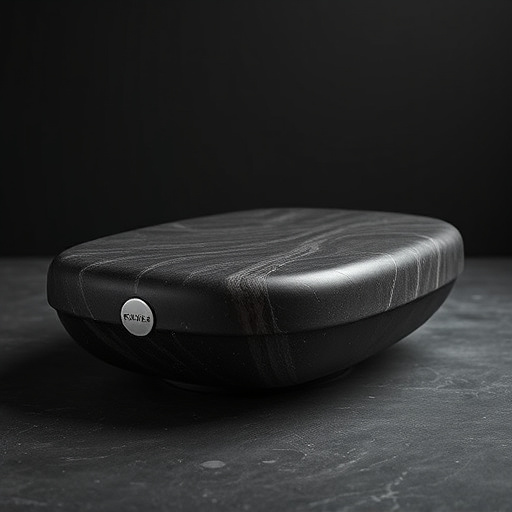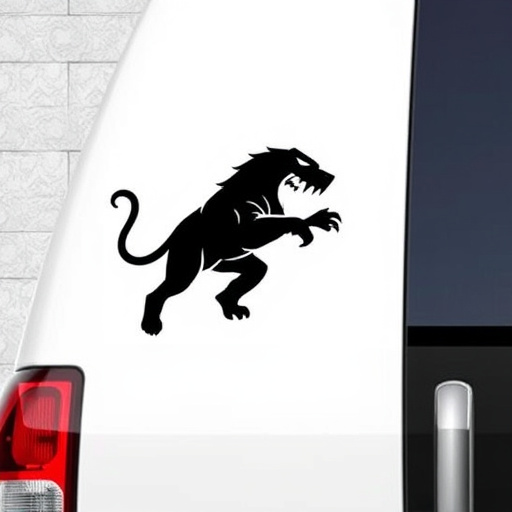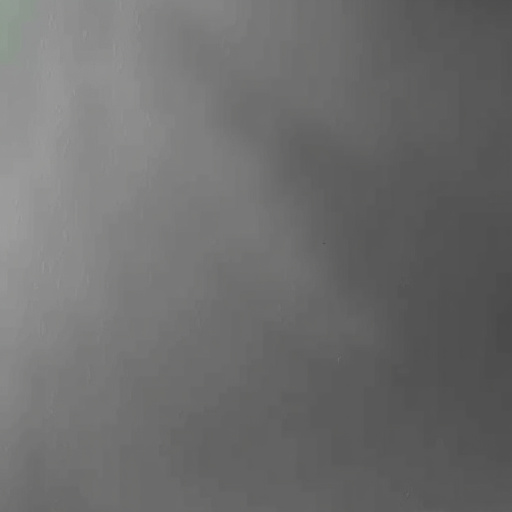Wall graphics installation quality depends on environmental factors like temperature (65°F – 75°F/18°C – 24°C) and humidity (30% – 50%). Extreme conditions can cause issues like bubbling, peeling, or cracking. Outdoor installations require enhanced protection against sun and rain for longer durability. Use suitable adhesives and graphics laminates for diverse climates, ensuring optimal curing and aesthetic appeal in all settings.
Wall graphics installation is an art that’s significantly influenced by environmental factors, particularly temperature and humidity. Understanding these elements’ impact is key to ensuring a seamless and long-lasting application. This article explores how climate conditions affect wall graphics, providing insights into optimal installation practices and strategies for overcoming challenges in various environments. From preparing for ideal conditions to navigating humid or cold climates, this guide equips you with the knowledge to achieve successful wall graphics installations.
- Understanding Environmental Impact on Wall Graphics
- Optimal Conditions for Smooth Installation Process
- Mitigating Challenges: Tips for Success in Diverse Climates
Understanding Environmental Impact on Wall Graphics
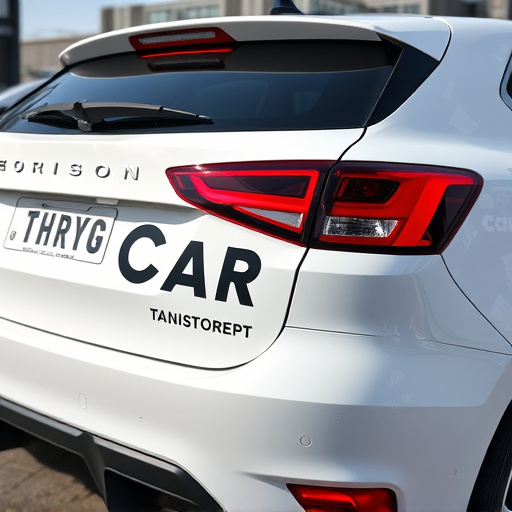
The environment plays a pivotal role in the longevity and quality of wall graphics installation. Temperature and humidity levels significantly impact how well these decorative or informational graphics adhere to walls and maintain their aesthetic appeal over time. Understanding this environmental dynamic is crucial for ensuring optimal results during wall graphics installation.
High humidity, for instance, can cause graphics to bubble, wrinkle, or peel away from the surface, especially if not properly sealed. Conversely, extreme temperatures can lead to warping or cracking of the graphic material. For outdoor applications, these environmental factors are even more influential, as they accelerate aging and exposure to elements like sun and rain. Ensuring proper preparation, using high-quality finishes suited for specific environments, and considering vehicle protection (for mobile installations) or car customization (in automotive settings) are key strategies to mitigate these impacts and achieve lasting, visually appealing wall graphics installation.
Optimal Conditions for Smooth Installation Process
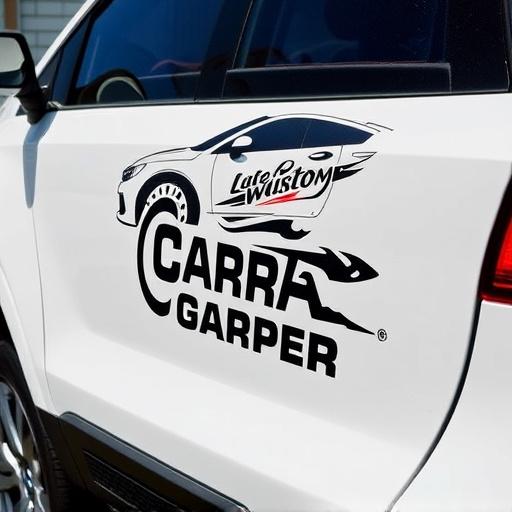
For a seamless and professional wall graphics installation, it’s essential to maintain optimal conditions throughout the process. This includes controlling both temperature and humidity levels. Ideally, the ambient temperature should be between 65°F and 75°F (18°C to 24°C) with relative humidity ranging from 30% to 50%. These conditions ensure that the adhesive on the wall graphics is neither too dry nor too wet, facilitating a clean application without bubbles or wrinkles.
In terms of installation, working under these optimal conditions allows for precise placement and efficient curing of the materials, be it vinyl wraps, custom vehicle wraps, or ceramic window tinting. Skewing too far from this ideal range can lead to issues like difficulty in peeling back excess material or prolonged drying times, both of which can compromise the final aesthetic quality of the wall graphics.
Mitigating Challenges: Tips for Success in Diverse Climates
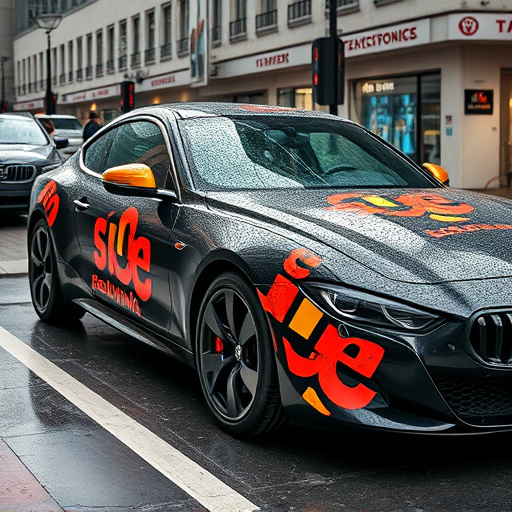
When installing wall graphics in diverse climates, understanding temperature and humidity levels is key to overcoming potential challenges. Extreme conditions can impact the adhesive strength and durability of the graphics. For instance, high heat might cause the adhesive to set too quickly, while low temperatures can make it difficult for the graphic to adhere properly. Humidity plays a crucial role as well; excess moisture can lead to bubbling or peeling over time.
To ensure successful wall graphics installation in varying environments, consider these tips: maintain a controlled environment during application, use appropriate adhesives designed for different climates, and choose graphics with suitable laminates for added protection. For those dealing with vehicles, think beyond the standard vehicle enhancement; custom vehicle wraps can be tailored to withstand various weather conditions, offering not only aesthetic appeal but also scratch protection. These strategies enable you to create vibrant displays that endure, regardless of location.
In conclusion, understanding how temperature and humidity influence wall graphics installation is key to achieving optimal results. By creating an environment with suitable conditions, as discussed in this article, professionals can ensure a smooth and successful process. When installing wall graphics in diverse climates, knowing how to mitigate challenges related to these environmental factors will lead to long-lasting, visually appealing displays. For the best outcomes in wall graphics installation, remember to consider temperature and humidity as essential variables in your planning.
